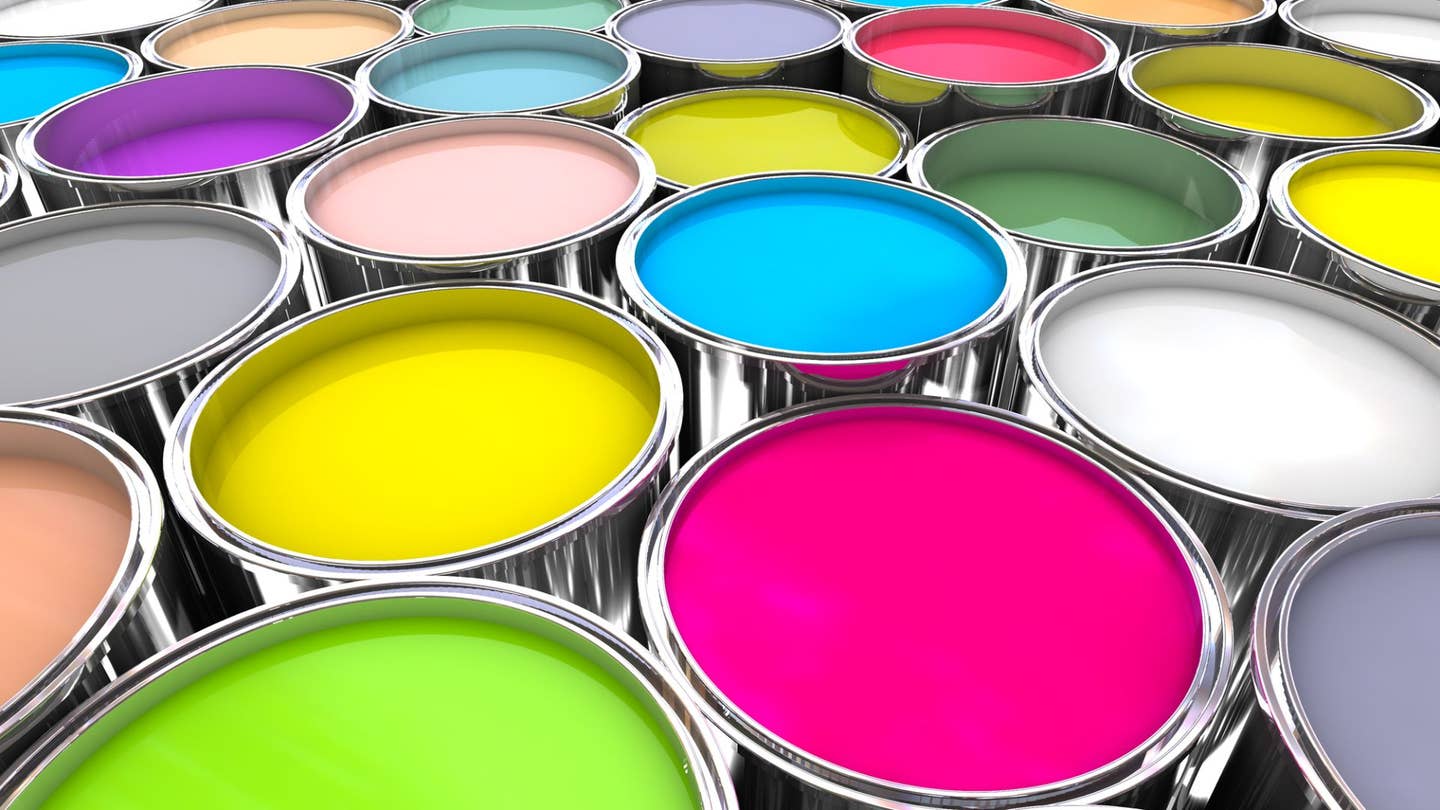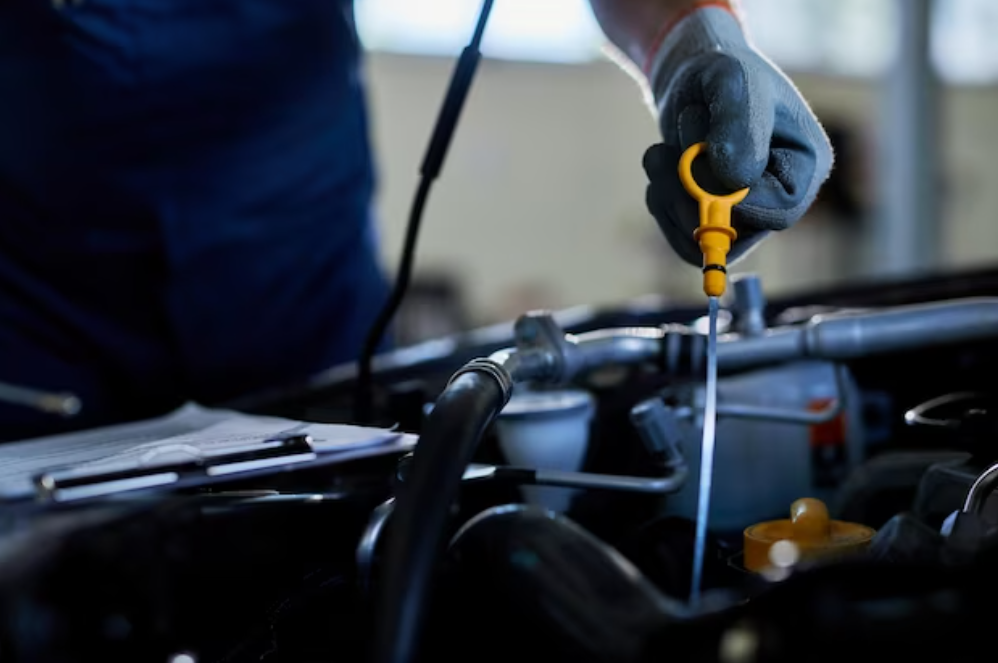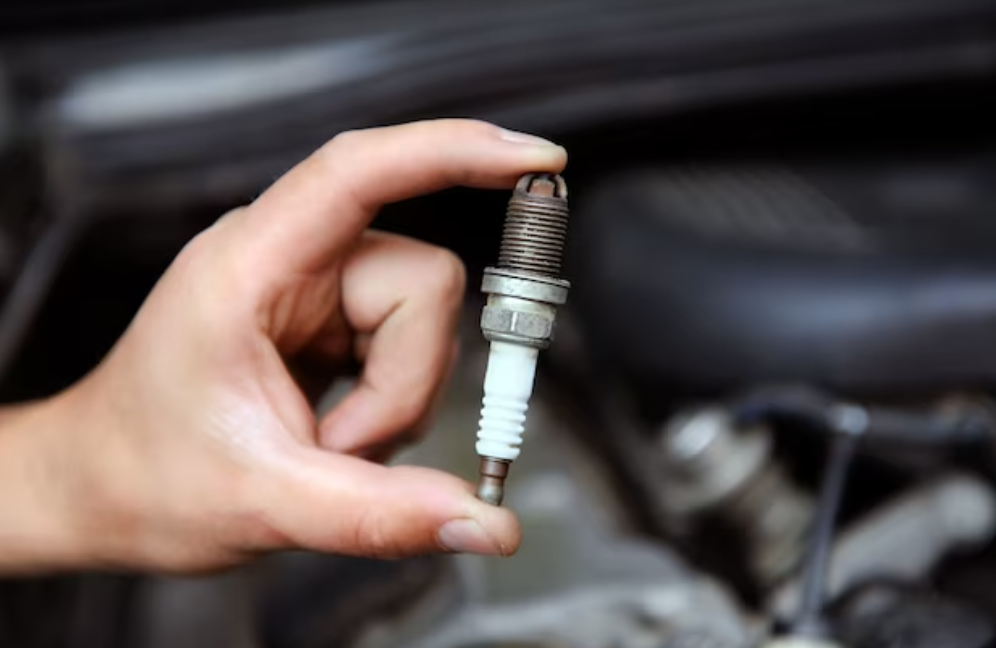How To Mix Auto Paint?
Mastering the art of mixing auto paint is not just a skill; it's a craft that ensures your vehicle's finish dazzles with perfection. Whether you're touching up a scratch or embarking on a full paint job, understanding the nuances of color matching and proper mixing techniques is essential for achieving professional-grade results.
In this comprehensive guide, we'll delve into the intricacies of auto paint mixing, empowering you with the knowledge and confidence to tackle any project with finesse.

What Is Auto Paint?
Auto paint is a crucial element in vehicle maintenance and customization. Comprised of pigment, thinner, and binder, it offers both protection and aesthetic enhancement. From vibrant metallic finishes to subtle matte hues, automotive paint reflects individual style while safeguarding vehicles against environmental wear and tear.

To get started, gather the following tools and materials:
- Safety gear such as gloves, goggles, and a mask to protect yourself from fumes and chemicals.
- Mixing containers like paint cups or mixing cups.
- Stir sticks or mixing paddles are used for blending the paint components.
- Measuring tools such as graduated cups or scales for precise measurements.
- A paint mixing system, if available, for automated mixing processes.
- Paint thinner or reducer, if required, to adjust the viscosity of the paint.
- Hardener
- Activator (for urethane paints)
Now, let's dive into the mixing process for each type of automotive paint.
1. Acrylic Lacquer
Acrylic lacquer may be a blast from the past, but it still has its place, especially for vintage car enthusiasts. Here's how to mix it:
- Ensure your mixing container is clean.
- Pour in the paint up to the 1:1 ratio markers.
- Stir the paint thoroughly.
- Add the thinner following the 1:1 ratio markers.
- Mix again until the consistency is uniform.
2. Acrylic Enamel
Acrylic enamel provides durability and protection. Whether it's one-stage or two-stage, here's how to mix it:
For One-Stage:
- Clean your mixing container.
- Pour the paint up to the 8:1:1 ratio markers.
- Stir well.
- Add the thinner following the 8:1:1 ratio.
- Once mixed, add the hardener at the right time.
For two stages (base coat):
- Clean your mixing container.
- Pour in the paint following the 1:1 ratio markers.
- Stir thoroughly.
- Add the thinner according to the 1:1 ratio.
For Two- Stages (Clear Coat):
- Clean a separate mixing container.
- Pour in the clear coat up to the 4:1 ratio markers.
- Stir well.
- Add the hardener at the indicated time.
3. Urethane:
Urethane paint offers superior protection but requires careful handling. Here's how to mix it:
For base coat:
- Clean your mixing container.
- Pour the paint up to the 4:1 ratio markers.
- Stir thoroughly.
- Add the appropriate activator based on temperature.
- Stir again to combine.
For Clear Coat:
- Clean a separate mixing container.
- Pour in the clear coat up to the 4:1 ratio markers.
- Stir well.
- Add the hardener as directed.
4. Acrylic Urethane
Acrylic urethane is the go-to choice for many due to its durability and affordability. Here's how to mix it:
For base coat:
- Clean your mixing container.
- Pour the paint up to the 4:1 ratio markers.
- Stir thoroughly.
- Add the correct activator based on temperature.
- Stir again to combine.

For Clear Coat:
- Clean a separate mixing container.
- Pour in the clear coat up to the 4:1 ratio markers.
- Stir well.
- Add the hardener at the specified time.
- Congratulations! You've successfully mixed your auto paint. Now, get ready to give your car a stunning new look.
To avoid paint getting into your skin or eyes, it is advised that you take the following safety measures:
- Choose appropriate work clothes that cover as much of the body as you can.
- Wear gloves and eye protection at all times.
- Avoid putting your gloves near your lips or eyes.
- On paint containers, read the warnings and follow them.
- Because eyes are very sensitive, if paint or thinners accidentally splash into them, immediately rinse them out with fresh water for at least ten minutes and seek medical attention right away.
- Should paint fall onto your skin, use an industrial cleaning solution or soap and water to remove it. Never use Solvant.
- Remind yourself to rinse your mouth and wash your hands after handling paint.
- Paint can still get into the skin or eyes despite these safety measures (spraying, misting, etc.), so any exposed skin should use a non-greasy barrier cream.
How much does car painting cost?
The cost of car painting varies based on factors like paint quantity, type, and whether it's a DIY or professional job. DIY projects can range from a few hundred dollars, while professional repairs can cost thousands.
Does paint hardener expire?
Yes, once opened, paint hardener begins to degrade. Factors like air exposure and room temperature affect its shelf life.
How long does an activated clear coat last?
Once mixed, a clear coat typically lasts 6–8 hours before it starts to set.
Is hardener necessary for automotive paint?
Synthetic enamel, a single-stage paint, doesn't require hardener. However, acrylic enamel paints often benefit from hardeners for increased durability and faster drying times.
Mastering auto paint mixing is more than a skill; it's an art form. This guide empowers you with the know-how to achieve professional-grade results. Armed with understanding and proper tools, you're ready to transform your vehicle's finish into a dazzling masterpiece, ensuring every project reflects precision and perfection.
Click on the following link to read another blog post: How To Detail Your Car?













